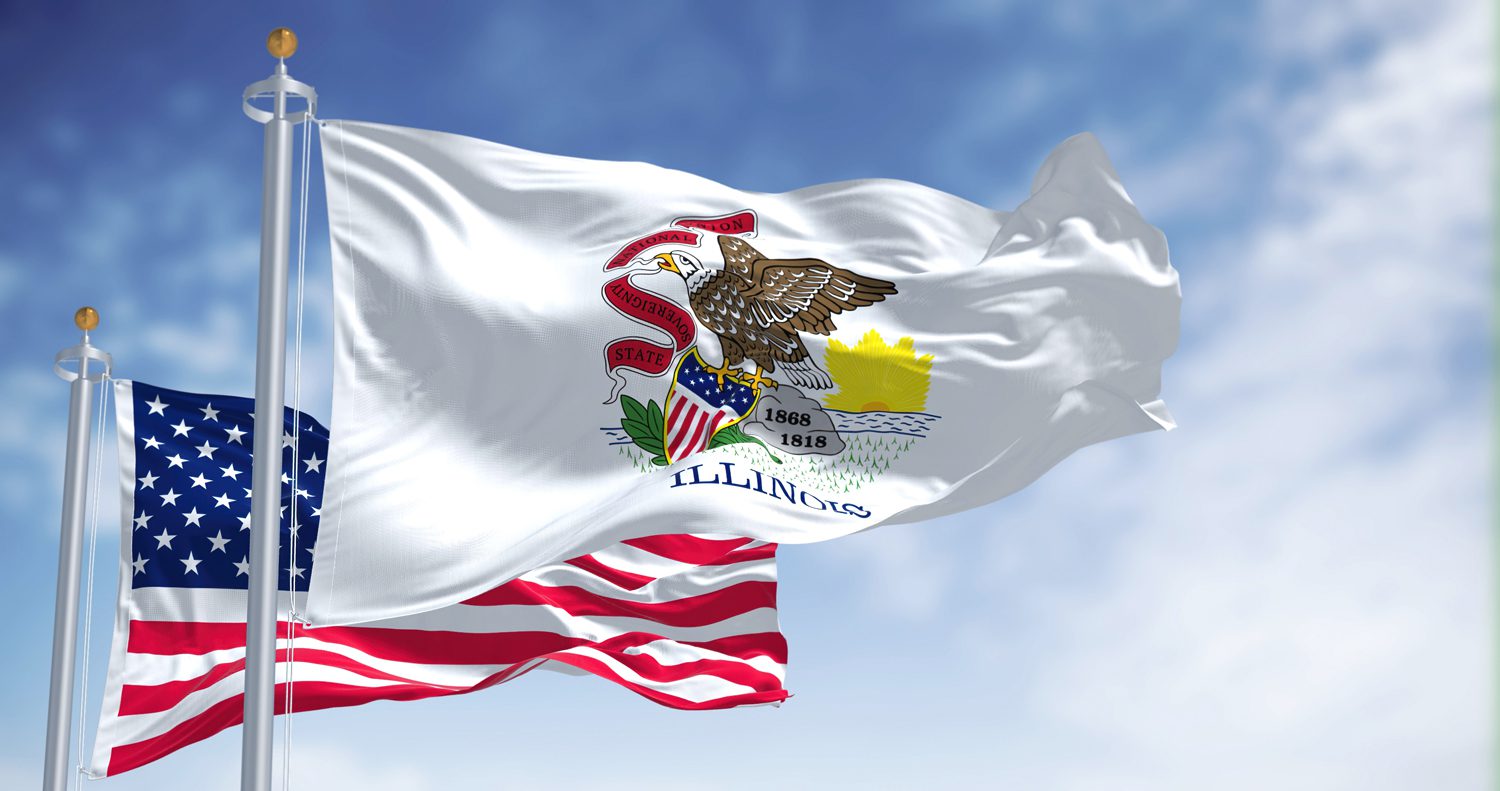Some of my fondest memories of Christmas growing up was venturing out to get a Christmas tree together as a family. Most of the time we just found a misshapen red cedar tree from our timber; however, when choosing a Christmas tree, ideally you want something that has good shape, color, and branch distribution. It is also important that the tree has good needle retention to last the entire Christmas season. Typically pine trees have the best needle retention followed by firs, and spruces have the shortest retention.Pines are very popular with Scotch pine being a popular option in the country. Pines are known for having a pleasant scent, excellent needle retention and branches stiff enough to hold heavy ornaments. Scotch pines are dense trees with dark green needles, 1 to 3 inches in length. White pines are another great option especially for those looking for a larger tree. The branches of the White Pine are more flexible meaning heavy ornaments may fall off, and the needle retention is not quite as strong as Scotch pine. White pine is also less aromatic making it an option for those that suffer from allergies.Fir trees are known for having a very pleasant scent with excellent needle retention for the entire holiday season. These trees have stiff branches with stiff enough branches to hold most ornaments. Balsam fir is a preferred species due to its strong Christmas tree scent. Other fir options include the Fraser fir which has better needle retention than the Balsam fir. The Canaan fir combines many characteristics of Balsam fir with the better needle retention of the Fraser fir. Becoming more and more popular is the Douglas fir with its soft needles and good needle retention. Green is often the Christmas tree color of choice; however, the White or Concolor fir provides an alternative blue color with a citrus-like scent.Spruces are not as popular as Christmas trees primarily due to their relatively poor needle retention; however, the Colorado blue spruce is a popular choice due to its bright blue color. With sharp needles, this tree is suggested as a good option for keeping pets away from the tree; however, once the needles begin to fall, they can find their way into sock and slippers making for discomfort. If you decide to go with the Blue spruce, wait until after December 1st to set it up to make sure the tree will last the entire season. The White spruce also known as the Black Hills spruce is not as commonly available but does make a nice option as well.For Immediate Release University of Illinois Extension provide equal opportunities in programs and employment.
- Christmas tree selection It is always best to do your research on which tree best fits your wants and needs, but it is also very important to choose a fresh tree which can be achieved by cutting the tree yourself or check with your local distributor to determine recent shipments. If you are unable to do either, you can check freshness by bouncing the tree on the ground or gently pulling the end of the branch with the thumb and forefinger; in both tests, no needles should fall off.Good Growing Tip:To maintain tree freshness, check your tree stand daily; the water level should not fall below the level of the trunk. It is recommended that trees absorb one quart of water for every inch of diameter of the trunk. Additives should not used to prolong the freshness of the tree; research shows that plain water is best.
- SOURCE:@Katie Parker, Local Foods and Small Farms Educator Educator, Illinois Extension















